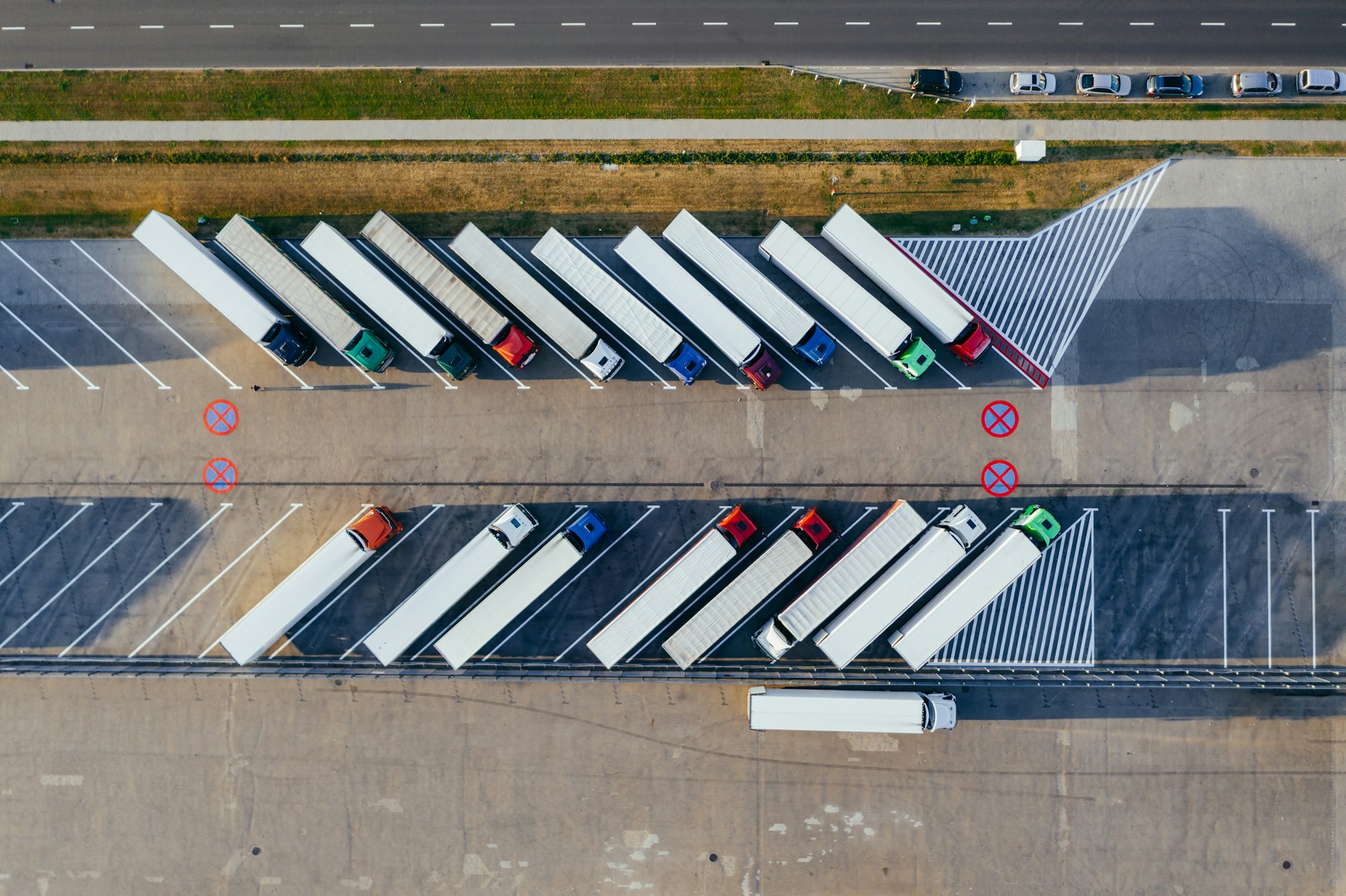President Biden’s Supply Chain Resilience Executive Order Signals Work For U.S. Businesses

President Biden's Executive Order on supply chain resiliency is crucial for U.S. businesses. The plan includes more than 30 actions to support reliable deliveries, strengthen agriculture and food systems, and create union jobs. Collaboration is emphasized, with the creation of a Council on Supply Chain Resilience. New data-sharing capabilities and a Supply Chain Center will improve supply chain monitoring and risk assessment. The order also includes over $1 billion in government investments, including $275 million for the Advanced Energy Manufacturing and Recycling Grant Program. Experts believe these actions will have a significant impact on supply chains.
Source: Link
Frequently Asked Questions (FAQ)
President Biden’s Supply Chain Resilience Executive Order
1. What is President Biden’s Supply Chain Resilience Executive Order?
Answer: President Biden’s Supply Chain Resilience Executive Order, also known as Executive Order (E.O.) 14017, was signed on February 24, 2021. The order is aimed at improving supply chain resilience and protecting the United States against material shortages and other vulnerabilities within its supply chains.
2. Why was the Supply Chain Resilience Executive Order issued?
Answer: The order was issued to address and strengthen the resilience of America's supply chains following a series of disruptions caused by various factors, including the COVID-19 pandemic, geopolitical tensions, and economic pressures. It is meant to ensure a more secure and reliable supply chain for critical sectors of the U.S. economy.
3. What does the Executive Order direct U.S. businesses to do?
Answer: While the order primarily directs federal departments and agencies to review and identify weaknesses in supply chains, it signals to U.S. businesses the importance of assessing and securing their own supply chains as well. The order may imply that businesses should engage in efforts to increase their resilience, such as diversifying their supply sources, implementing new technologies like AI, and participating in federal initiatives related to supply chain security.
4. What sectors are impacted by the Executive Order?
Answer: The order identifies several key sectors for review, including pharmaceuticals, critical minerals, semiconductors, and large-capacity batteries. However, its implications extend across various sectors of the economy where supply chains are critical components of business operations.
5. How can AI help with supply chain resilience as related to the Executive Order?
Answer: The Executive Order has brought attention to new technologies such as Artificial Intelligence (AI) that can help businesses predict supply chain disruptions and optimize operations. AI can assist in demand forecasting, inventory management, supplier risk assessment, and identifying alternative supply scenarios.
6. What role do U.S. agencies play in supply chain resilience?
Answer: U.S. agencies are tasked with reviewing and identifying weaknesses in the nation's supply chains. They will develop strategies for addressing identified vulnerabilities, encourage domestic production, and collaborate with allies and partners to ensure supply chain stability.
7. What is the White House Council on Supply Chain Resilience?
Answer: As mentioned in one of the articles, President Biden convened the inaugural White House Council on Supply Chain Resilience, which may be an initiative focused on addressing critical supply chain challenges at a national level. This council likely includes members from various sectors and government agencies to foster collaboration and strategic planning.
Please note that for more detailed and specific information regarding the Executive Order and its implications for U.S. businesses, readers should refer to the complete text of the articles and official government reports mentioned in the search results.

